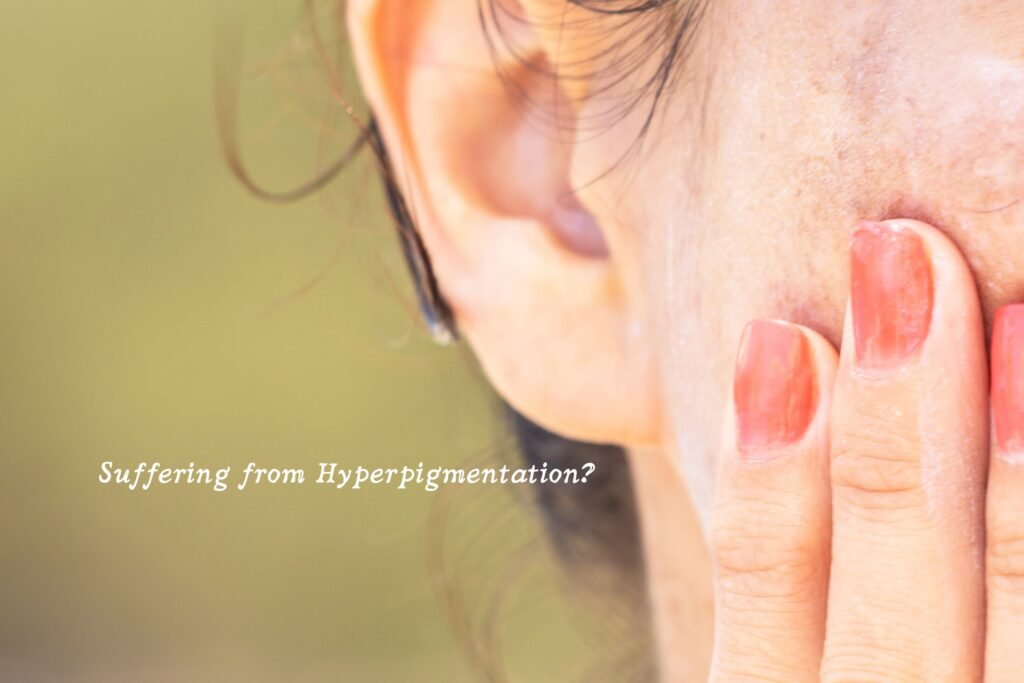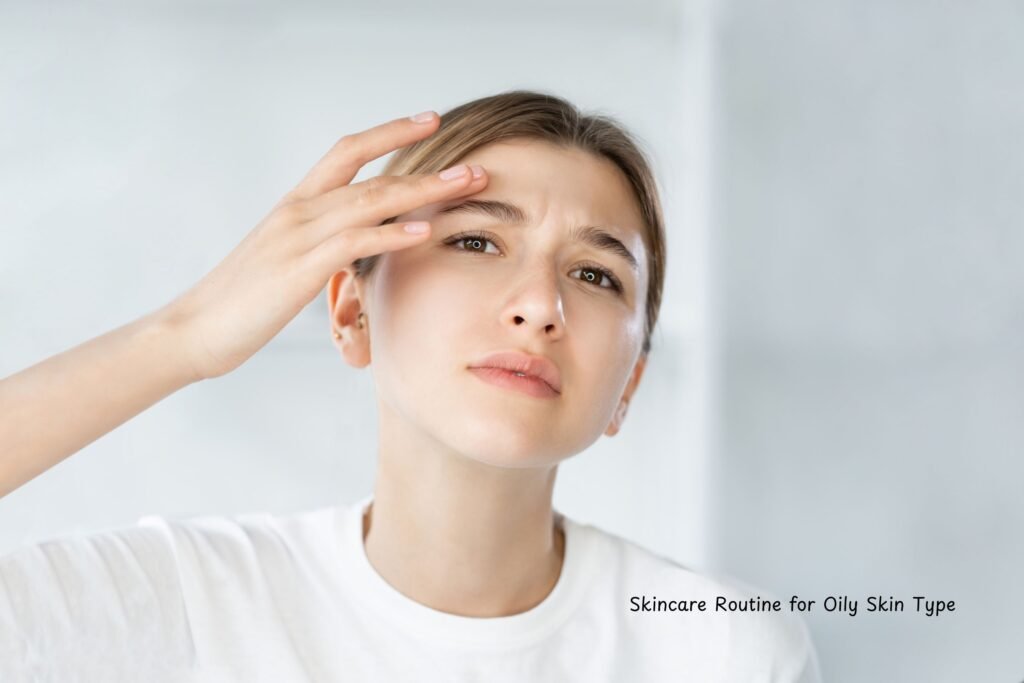I used to suffer from a dark neck and dark inner thighs during my teenage years. I didn’t know why it happened or what to do. But now it has become a well-known problem, and there are plenty of solutions available.
Hyperpigmentation occurs when melanin is produced excessively and darkens certain areas of your skin. Melanin is a brown pigment that is produced naturally in our skin. Hyperpigmentation is a common condition, but some people experience confidence issues because of it. That’s why it is very important to understand how to take care of hyperpigmentation.
What is Hyperpigmentation?
Look in the mirror and check if your body has any dark spots or patches. These spots can be on the neck, armpits, or inner thighs. If you have these brown or black patches, then you are suffering from hyperpigmentation. This skin condition can affect people of all skin types, but it is more common in people with darker skin tones. Based on its cause and appearance, hyperpigmentation can be of different types:
Melasma: This type appears as large, dark patches on the face, often due to hormonal changes such as pregnancy or birth control use.
Post-Inflammatory Hyperpigmentation (PIH): This occurs after an injury or inflammation of the skin, such as acne, eczema, or a burn.
Sunspots: Also known as solar lentigines or liver spots, these appear due to prolonged sun exposure, commonly seen on the face and hands.
Freckles: These small, flat spots can become more pronounced with sun exposure and are often hereditary.
Why Does It Happen?
Hyperpigmentation happens when there is overproduction of melanin. Melanin, a brown component, causes your skin to get darker.
Reasons behind the overproduction of melanin include sun exposure, hormonal changes due to pregnancy or birth control pills, and skin injuries which can leave post-treatment spots.
Some medications, such as antibiotics and non-steroidal anti-inflammatory drugs, can also cause melanin production. A family history of hyperpigmentation can increase one’s susceptibility to developing the condition.
Where Does It Happen?
Hyperpigmentation can appear on any part of your body. Areas exposed to the sun or that suffer from over-exfoliation can develop hyperpigmentation.
Face: Melasma and sunspots are often seen on the cheeks, forehead, and upper lip. Hyperpigmentation can occur near the lip area, making your face appear uneven.
Hands: Sunspots and freckles commonly appear on the backs of the hands.
Neck and Chest: These areas can develop sunspots due to sun exposure. Over-scrubbing your neck can also lead to hyperpigmentation.
Legs and Arms: Post-inflammatory hyperpigmentation can occur on these areas following injuries or skin conditions. Inner thighs often suffer from hyperpigmentation due to constant friction. Armpits are also susceptible to hyperpigmentation.
Back: Acne scars can lead to hyperpigmentation on the back.
How to Treat It?
Treating hyperpigmentation can be tricky. While scrubbing and exfoliating can remove dirt from your skin, overdoing it can lead to hyperpigmentation. Combining medication with lifestyle changes can be an effective solution.
Treatments
Look for products with hydroquinone, vitamin C, retinoids, etc. These components lighten dark areas without stripping off the skin layer.
Hydroquinone: This skin-lightening agent is commonly used to treat hyperpigmentation but should be used under a dermatologist’s supervision due to potential side effects. It contains quinine that works against melanin, making the spots lighter.
Retinoids: These vitamin A derivatives can help improve skin cell turnover, reducing the appearance of dark spots. Retinoids also help in tightening the skin.
Vitamin C: Known for its antioxidant properties and natural brightening effects, vitamin C can lighten hyperpigmentation and protect against further damage.
Azelaic Acid: This can reduce inflammation and pigmentation, making it effective for treating post-inflammatory hyperpigmentation.
Medical Procedures
Always consult with your dermatologist before making any decisions. These medical treatments can be very expensive and time-consuming. Check all the pros and cons before proceeding.
Chemical Peels: One of the most popular methods to treat dark spots, these involve applying a chemical solution to the skin to exfoliate and remove the top layers, promoting new skin growth. It can be painful as your skin will peel over time, promoting new skin.
Laser Therapy: This can target and break down melanin deposits in the skin.
Microdermabrasion and Dermabrasion: These exfoliating treatments can help reduce hyperpigmentation by removing the outer layers of the skin.
Cryotherapy: This involves freezing the hyperpigmented areas with liquid nitrogen.
Preventive Measures
Sun Protection: Use a broad-spectrum sunscreen with an SPF of 30 or higher daily, wear protective clothing, and avoid peak sun hours. Protecting yourself from the sun will prevent melanin production and hyperpigmentation.
Avoid Picking at Skin: Refrain from picking at acne or other skin injuries to prevent post-inflammatory hyperpigmentation. Skin injuries often heal without any scars or spots, but picking at them can invite hyperpigmentation.
Skincare Routine: Maintain a consistent skincare routine that includes gentle cleansing and moisturizing. Use products containing ingredients like niacinamide and licorice extract, which can help brighten the skin.
Healthy Diet: Eating a diet rich in antioxidants, vitamins, and minerals can support overall skin health.
Hyperpigmentation is a common skin disorder that, while normally harmless, can be distressing for people affected by it. Understanding its causes, locations, and treatments helps empower individuals to regulate and lessen its presence. By combining protective measures such as sun defense and a consistent skincare routine, one can limit the risk of getting hyperpigmentation and retain healthy, vibrant skin. If hyperpigmentation continues or is serious, contacting a dermatologist for specific treatment options is always recommended.





